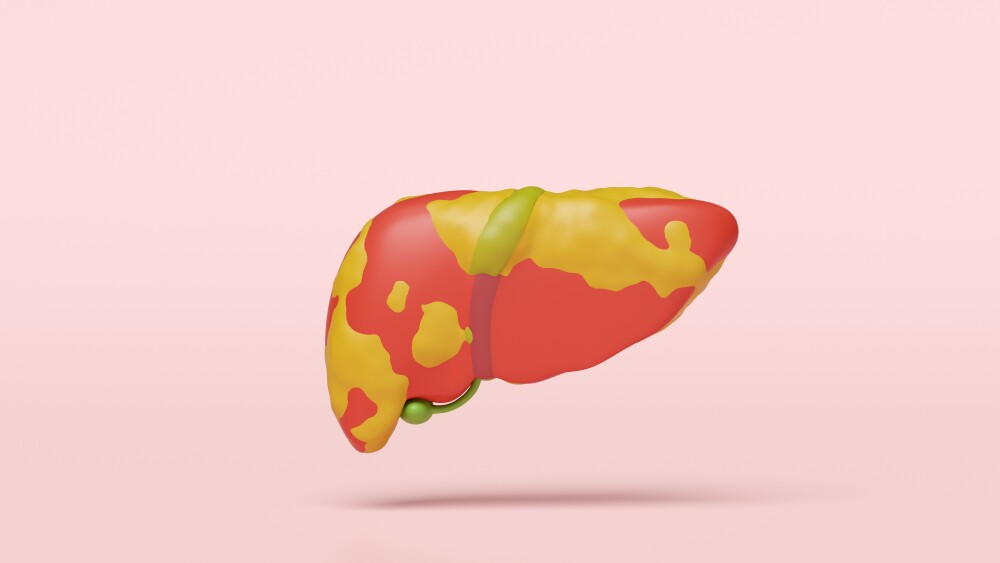"Eli Lilly and Company and Boehringer Ingelheim are naturally disappointed by the CHMP's opinion," said James Russell, M.D., global medical director for duloxetine, Eli Lilly and Company. "We remain confident in the duloxetine data."
No medication has been approved in Europe for the treatment of fibromyalgia, a disease characterized by chronic widespread pain.
The CHMP received data on the use of duloxetine in the treatment of fibromyalgia in 1,411 patients in four placebo-controlled studies and 350 patients in one open-label safety study, a total of 1,761 patients in five clinical trials.(1,2,3,4,5)
The cause of fibromyalgia remains unknown;(6) however, scientists believe it may be related to some combination of genetic disposition(7) and subsequent changes in pain processing in the brain.(6) The disorder, which has a worldwide prevalence ranging from 0.5 percent to 5.0 percent of the population,(8) has a high impact on quality of life. In addition to chronic widespread musculoskeletal pain, many fibromyalgia patients experience other symptoms such as tenderness, fatigue, sleep disturbance, anxiety and depression.(1,9)
In Europe, duloxetine has been approved for the treatment of diabetic peripheral neuropathic pain (DPNP), major depressive episodes, generalised anxiety disorder (GAD) and stress urinary incontinence (SUI). Duloxetine was approved in the United States for the management of fibromyalgia in June 2008 by the U.S. Food and Drug Administration (FDA).
About Eli Lilly and Company
Lilly, a leading innovation-driven corporation, is developing a growing portfolio of best-in-class pharmaceutical products by applying the latest research from its own worldwide laboratories and from collaborations with eminent scientific organizations. Headquartered in Indianapolis, Ind., Lilly provides answers -- through medicines and information -- for some of the world's most urgent medical needs. For more information please visit www.lilly.co.uk.
About Boehringer Ingelheim
The Boehringer Ingelheim group is one of the world's 20 leading pharmaceutical companies. Headquartered in Ingelheim, Germany, it operates globally with 135 affiliates in 47 countries and almost 38,900 employees. Since it was founded in 1885, the family-owned company has been committed to researching, developing, manufacturing and marketing novel products of high therapeutic value for human and veterinary medicine. In 2007, Boehringer Ingelheim posted net sales of 10.9 billion euro while spending one fifth of net sales in its largest business segment Prescription Medicines on research and development. For more information please visit www.boehringer-ingelheim.com.
Duloxetine for major depressive episodes, diabetic peripheral neuropathic pain and generalised anxiety disorder is marketed by Lilly and Boehringer Ingelheim in all countries included in the partnership under the brand name Cymbalta, except for Germany, Greece, Italy and Spain. In Germany, Lilly and Boehringer Ingelheim market duloxetine for major depressive episodes under the brand name Cymbalta, and market the product for diabetic peripheral neuropathic pain as Ariclaim®. In Greece, Italy and Spain Lilly markets the product as Cymbalta and Boehringer Ingelheim markets the product as Xeristar®. In the United States, Cymbalta is marketed by Lilly and Quintiles. In Japan, duloxetine is co-developed and co-marketed by Lilly and Shionogi & Co., Ltd.
Duloxetine for stress urinary incontinence is marketed by Lilly under the brand name Yentreve®.
(1) Russell, IJ, et al. Efficacy and Safety of Duloxetine for Treatment of Fibromyalgia in Patients With or Without Major Depressive Disorder: Results From A Six-Month, Randomized, Double-Blind, Placebo-Controlled, Fixed-Dose Trial, Pain. 2008.
(2) Arnold, L, et al. A Randomized, Double-Blind, Placebo Controlled Trial of Duloxetine in the Treatment of Women with Fibromyalgia With or Without Major Depressive Disorder. Pain. 2005; 119 (1-3): 5-15
(3) Arnold, L, et al. A Double-Blind, Multicenter Trial Comparing Duloxetine with Placebo in the Treatment of Fibromyalgia Patients With or Without Major Depressive Disorder. Arthritis Rheum 2004; 50(9):2974-84.
(4) Chappell, AS, et al. Duloxetine 60-120 mg Versus Placebo in the Treatment of Fibromyalgia Syndrome. Poster presented at the American College of Rheumatology Annual Meeting; Nov 2007, Boston, MA.
(5) Chappell, AS, et al. A 1-Year Safety and Efficacy Study of Duloxetine in Patients with Fibromyalgia. Poster presented at European League Against Rheumatism Annual Meeting; Jun 2008, Paris, France.
(6) Leventhal, LJ. Management of Fibromyalgia. Annals of Internal Medicine. 1999; 131: 850-858.
(7) Arnold, L, et al. Family Study of Fibromyalgia. Arthritis & Rheumatism. 2004; 50(3): 944-952.
(8) White, et al. Classification, Epidemiology, and Natural History of Fibromyalgia. Current Pain and Headache Reports 2001; 5:3320-329
(9) Epstein, SA, et al. Psychiatric Disorders in Patients with Fibromyalgia. Psychosomatics. 1999; 40(1):59
(10) Rao, SG, et al. Understanding the Fibromyalgia Syndrome. Psychopharmacology Bulletin. 2007: 4:24-67
(11) Carville, SF, et al. EULAR Evidence-based Recommendations for the Management of Fibromyalgia Syndrome. Ann Rheum Dis. Republished 2008: 67: 536-541.
Source: Eli Lilly and Company




